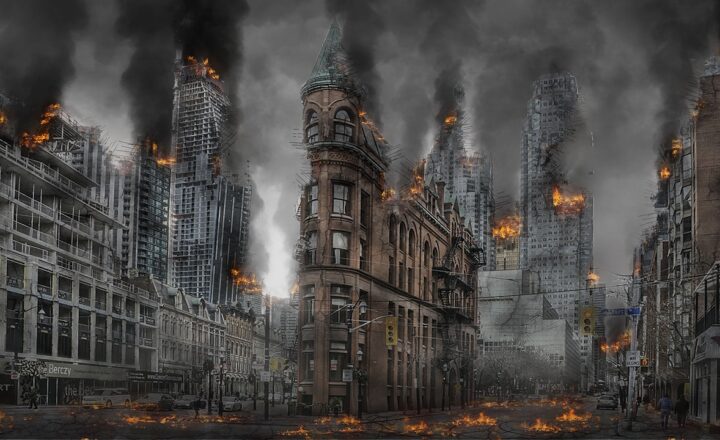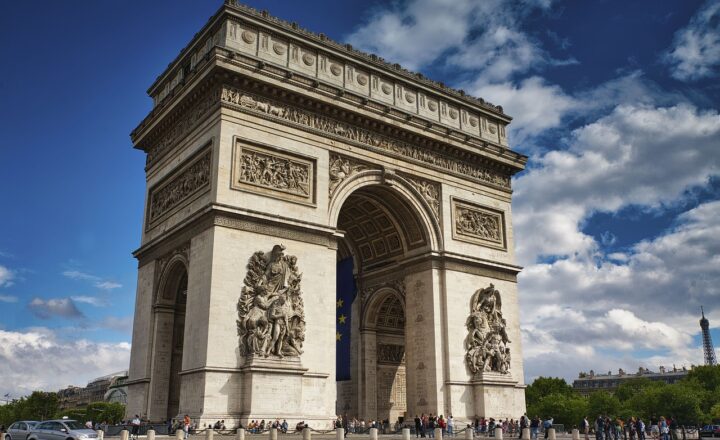
Photography is much more than just an art form; it is a powerful way of capturing and chronicling moments in time. Every photograph taken has the power to freeze a moment forever, establishing a timeline of events that can inspire, inform, and connect future generations with the past. In this article, we will explore the profound impact of photography on history, how it preserves moments that define our world, and why it holds such significant value in understanding our collective experiences.
1. The Evolution of Photography: From Daguerreotypes to Digital
Photography began as an experimental process in the early 19th century. The first successful form of photography, the daguerreotype, was introduced in 1839 by Louis Daguerre. This early method produced a single, non-reproducible image, but it was revolutionary in its capacity to capture real-life moments.
Over the decades, advancements in technology led to the development of roll film, color photography, and eventually digital cameras that enable instant capturing and sharing of images. Each evolution not only made photography more accessible but also expanded its role in documenting significant events in history.
2. The Role of Photography in Documenting Events
Photography serves as a vital tool for documenting history. From wars and political movements to cultural milestones and everyday life, photographs provide tangible proof of events that shape our world.
– War Photography: Iconic images from conflicts like World War II, the Vietnam War, and more recent events in Iraq and Afghanistan have brought the harsh realities of war into public consciousness. Photographers like Robert Capa and James Nachtwey have played a crucial role in showcasing the human cost of conflict through their powerful imagery.
– Civil Rights Movement: The Civil Rights Movement in the United States was heavily documented by photographers such as Gordon Parks and Dorothea Lange. Their images of protests and struggles helped to galvanize public opinion and ultimately contribute to social change.
– Humanitarian Issues: Today, photography continues to shed light on global humanitarian issues, from famine and war to climate change. Photographs can evoke empathy and motivate action, showcasing the urgency of these problems far beyond written words.
3. Personal Stories and Cultural Identity
Photography has the power to tell personal stories that resonate across time. Family photographs connect generations, capturing smiles, celebrations, and significant life events. These images contribute to our understanding of cultural identity, memory, and heritage.
– Cultural Events: Photographs from local festivals, marriages, and community events serve to document cultural practices and traditions. These images capture not only individuals but also the essence of a community, preserving its identity for future generations.
– Portraits of Everyday Life: Everyday photographs reveal the subtleties of life in different eras, displaying fashion, architecture, and social interactions. These portrayals help us understand how societal norms and values have shifted over time.
4. Iconic Photographs That Shaped Historical Perspectives
Throughout history, certain photographs have become symbols of change and reflection, shaping public consciousness in profound ways.
– “Tank Man”: The image of a lone man standing in front of a column of tanks during the Tiananmen Square protests in 1989 is a powerful representation of resistance and the fight for freedom.
– “The Migrant Mother”: Taken by Dorothea Lange during the Great Depression, this iconic photograph of a mother and her children exemplifies the struggles faced by many American families during that time, becoming a symbol of resilience and hardship.
– “Lunch atop a Skyscraper”: This famous image of construction workers casually eating lunch on a beam high above New York City epitomizes the spirit of American industrial progress in the 1930s.
Each of these photographs transcends the moment they were captured, offering insights into the human experience and historical context.
5. The Power of Photography in Modern History
In the contemporary world, photography has become even more vital as a storytelling medium. The rise of social media and instant sharing has amplified the impact of images on public discourse.
– Citizen Journalism: The ubiquity of smartphones has empowered ordinary individuals to capture moments of significance, from protests and political events to natural disasters. Social media platforms allow these images to reach a global audience instantly.
– Cultural Movements: Photography plays a key role in lifestyle and cultural movements, such as Black Lives Matter and climate activism. Powerful imagery can mobilize communities, raise awareness, and drive change on critical issues.
– Artistic Expression: Photographers are increasingly using their platforms to explore identity, race, and social issues. Art photography invites viewers to engage with and reflect on topics that impact lives and societies.
6. Conclusion: The Timelessness of Photography
In summary, photography remains an essential medium for capturing history. It allows us to preserve moments that illuminate the human experience across time and space.
While technology continues to evolve, the fundamental power of photography to encapsulate emotions, tell stories, and document history remains unchanged. Each photograph serves as a time capsule, reminding us of where we have been and guiding our understanding of the world today.
As we move further into a visually-oriented future, the responsibility lies with photographers and viewers alike to recognize the historical significance of their work and the impact these images can have in shaping our collective memory.
Whether it be through professional lenses or our smartphones, every moment photographed contributes to a larger narrative of human history. The next time you pick up a camera, consider the potential for your captured images to be meaningful artifacts for generations to come.








